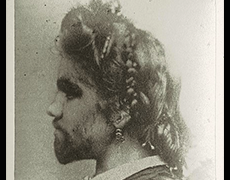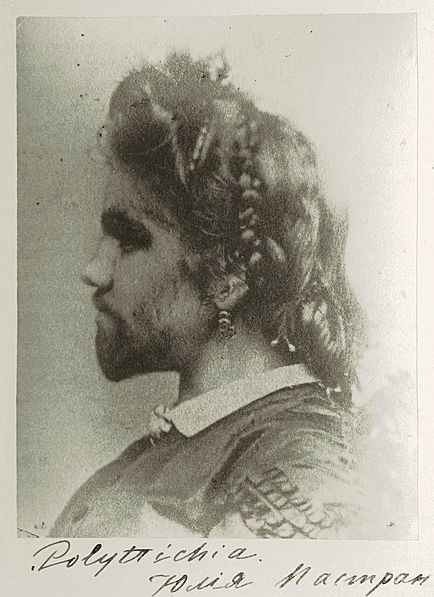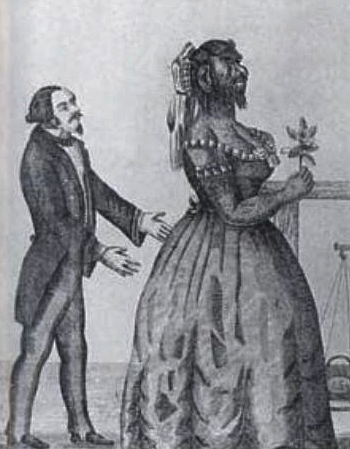
Julia Pastrana (1834-1860), known historically as the “Bearded Lady,” was a unique sideshow performer in the 19th century, captivating audiences with her distinct appearance and talents.
Her life was marked by incredible personal strength and resilience against the backdrop of significant exploitation and the harsh realities of 19th-century freak shows. Her story continues to evoke discussions about ethics in entertainment and human dignity.

1. Hypertrichosis and Gingival Hyperplasia
Julia Pastrana suffered from a combination of hypertrichosis and gingival hyperplasia, rare genetic conditions.
Hypertrichosis caused thick hair to grow over her face and body, while gingival hyperplasia led to thickened gums, which affected the shape of her mouth and her speech.
2. Multilingual and Musically Talented
Despite being exhibited as a “curiosity” due to her appearance, Julia was multitalented.
She was known to be fluent in at least three languages—English, Spanish, and French—and had a beautiful singing voice, often performing for her audiences.
3. International Fame and Exploitation
Julia toured extensively throughout the United States and Europe, gaining significant fame.
However, her life story is also a tragic tale of exploitation. She was often promoted in demeaning terms that emphasized her unusual appearance over her talents.

4. Marriage and Tragic Motherhood
Julia married her manager, Theodore Lent, who continued to exhibit her as a curiosity.
She gave birth to a son who inherited her condition and, like his mother, was covered in hair. Sadly, both Julia and her infant son died in 1860—she of postpartum complications, and her son only a few days later due to unknown causes.
5. Mummification and Display After Death
Following her death, Theodore Lent had the bodies of both Julia and her son embalmed and mummified. He continued to display their bodies in a traveling exhibit.
This posthumous exploitation continued until the remains were finally laid to rest in Norway in 2013, after being stored in various locations and suffering several indignities over more than a century.

